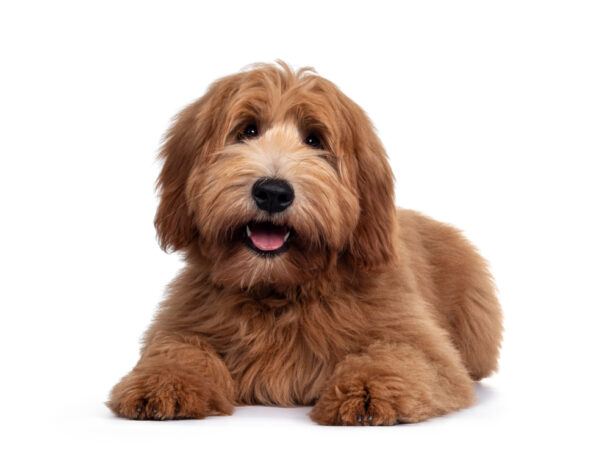LifeWithMyDogs is supported by our audience. When you purchase through one of our links, we may earn a small affiliate commission. As an Amazon Associate I earn from qualifying purchases. Your cost is not affected.
**********
In this article on Training Tips for Multiple Dogs, we’ll dive into essential techniques for managing the unique challenges of training more than one dog. Imagine a household where not just one but several furry friends eagerly wag their tails, all vying for your attention. Training multiple dogs can feel like juggling a circus, but it can become a harmonious symphony with the right strategies. From fostering good behavior to ensuring each pup gets their attention, we’ll cover everything you need to turn your bustling pack into a well-behaved team. Ready to transform your canine crew? Let’s get started!
Training Tips for Multiple Dogs: Fostering Harmony in Your Furry Family
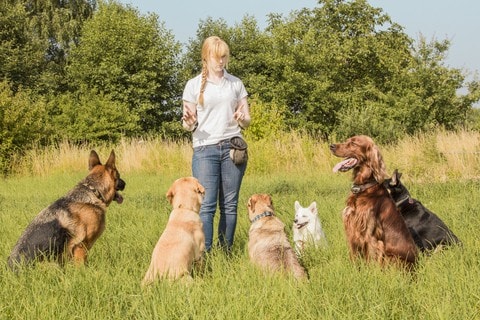
Living with multiple dogs can be a fun and rewarding experience, but it also comes with challenges. As a dog owner, I’ve learned that proper training is key to maintaining harmony in a multi-dog household. Training each dog individually and then as a group can help create a peaceful and well-behaved pack. I’ve found that setting up a stable routine is crucial for managing multiple dogs.
This includes scheduled meal times, walks, and training sessions. It’s also important to give each dog individual attention and space to prevent jealousy or conflict. When training multiple dogs, I start with teaching commands to each dog separately in a quiet area. Once they’ve mastered the basics, I gradually introduce distractions and other dogs into the training sessions. This approach has helped me build a well-behaved and happy multi-dog family.
Key Takeaways
- Establish a stable routine for meals, exercise, and training. Focus on training each dog individually before progressing to group sessions. This helps each dog thrive and prevents conflicts within the pack.
- Learn to read your dogs’ body language and social cues to manage interactions and prevent conflicts. Recognize stress signals and address them promptly to maintain harmony.
- Implement strategies to create a natural order among your dogs, such as feeding dominant dogs first and allowing the top dog to lead during walks. This helps maintain peace and clarity within the pack.
- Provide each dog with space, consistent rules, and engaging group activities. Incorporate individual and group exercises to foster strong bonds and a well-coordinated team.
- Manage common challenges like resource guarding and aggression by ensuring each dog has their resources, using positive reinforcement, and providing ample individual attention.
Understanding Canine Behavior
Dogs communicate and interact in complex ways. Reading their body language and social cues is key to managing multiple dogs successfully.
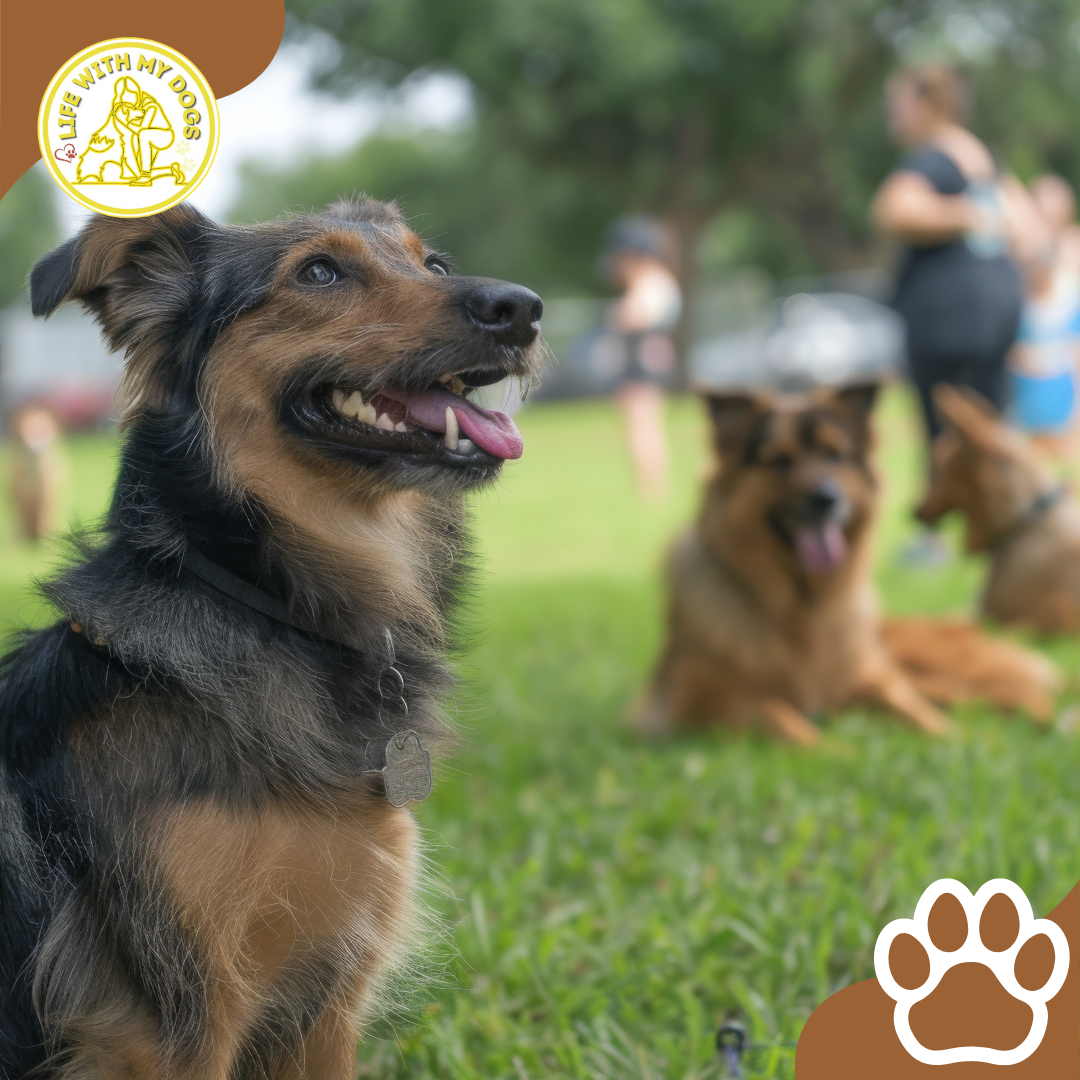
Communication Among Dogs
Dogs use a variety of signals to talk to each other. They rely on body language, vocalizations, and scent cues. Tail position, ear movement, and facial expressions all convey meaning. I’ve noticed that a wagging tail doesn’t always mean a happy dog.
The speed and position matter. A slow wag with the tail held high can signal dominance or even aggression. Growls and barks have different meanings, too. A playful bark sounds different from an alarm bark. Learning these nuances helps me understand what my dogs say to each other and me.
Establishing Pack Hierarchy
In multi-dog homes, a natural pecking order often forms. This hierarchy helps maintain peace in the group. I’ve found that dogs usually sort this out themselves, but sometimes, I need to step in. Here are some training tips for multiple dogs that help establish order:
- Feed dominant dogs first
- Give attention to higher-ranking dogs before others.
- Allow the top dog to lead on walks.
It’s important to remember that I’m the ultimate pack leader. I set rules and boundaries for all the dogs, regardless of their rank among themselves.
Recognizing Stress Signals
Dogs show stress in subtle ways. Spotting these signs early can prevent conflicts in a multi-dog household. Some common stress signals I look for include:
- Lip licking when no food is present
- Yawning when not tired
- Avoiding eye contact
- Sudden scratching or sniffing of the ground
I’ve learned that a stressed dog might become snippy or withdrawn. If I notice these signs, I give the dog space or remove them from the stressful situation. Training sessions should be kept short to avoid overwhelming the dogs. I aim for 5-10 minutes per dog to keep stress levels low.
Creating a Positive Environment for Multiple Dogs
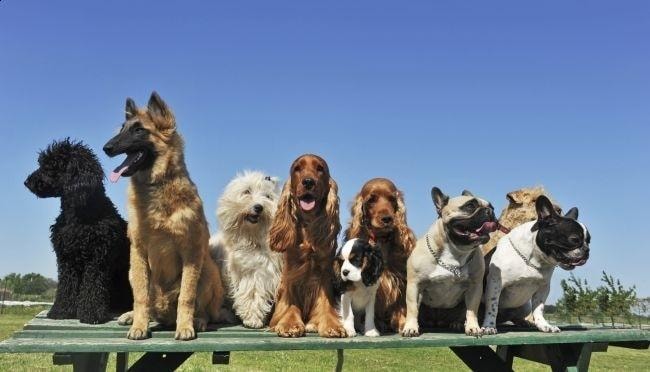
A happy home for multiple dogs needs structure, space, and shared fun. These Training Tips for Multiple Dogs are key elements that help create harmony and build strong bonds between canine family members.
Consistent Structure and Rules
I always set clear rules for my dogs from day one. This helps them understand what’s expected. I use the same commands and hand signals for each dog. This makes training easier. I make sure to treat all my dogs fairly. No playing favorites! If one dog gets a treat, they all do.
This prevents jealousy and fighting. Feeding time can be tricky with multiple dogs. I feed my pups in separate rooms to avoid food aggression. This keeps everyone calm and happy at mealtimes.
Designating Individual Spaces
Each of my dogs has a special spot in the house. This gives them a place to relax and feel safe. I use crates or comfy beds in quiet corners. I make sure there are enough toys and chews for everyone. This cuts down on fights over resources.
I rotate toys to keep things interesting. Outside, I create different zones in my yard. Some areas are for playing, others for resting. This gives my dogs choices and prevents crowding.

Group Bonding Activities
I love taking my pack on walks together. It’s great exercise and helps them see each other as part of the same team. I use a special leash designed for multiple dogs to keep everyone under control. Group training sessions are fun and rewarding.
I teach my dogs to sit or stay as a unit. This builds teamwork and makes them more responsive. I also plan regular playtime where all my dogs can join in. Fetch or tug-of-war games are perfect for this. It’s a blast watching them have fun together!
Training Basics for Multiple Dogs
Training several dogs at once requires patience and planning, but with the right Training Tips for Multiple Dogs, the process can become smoother and more effective for you and your furry friends. I’ve found a few key strategies that can help streamline the experience and ensure successful outcomes for your canine crew.
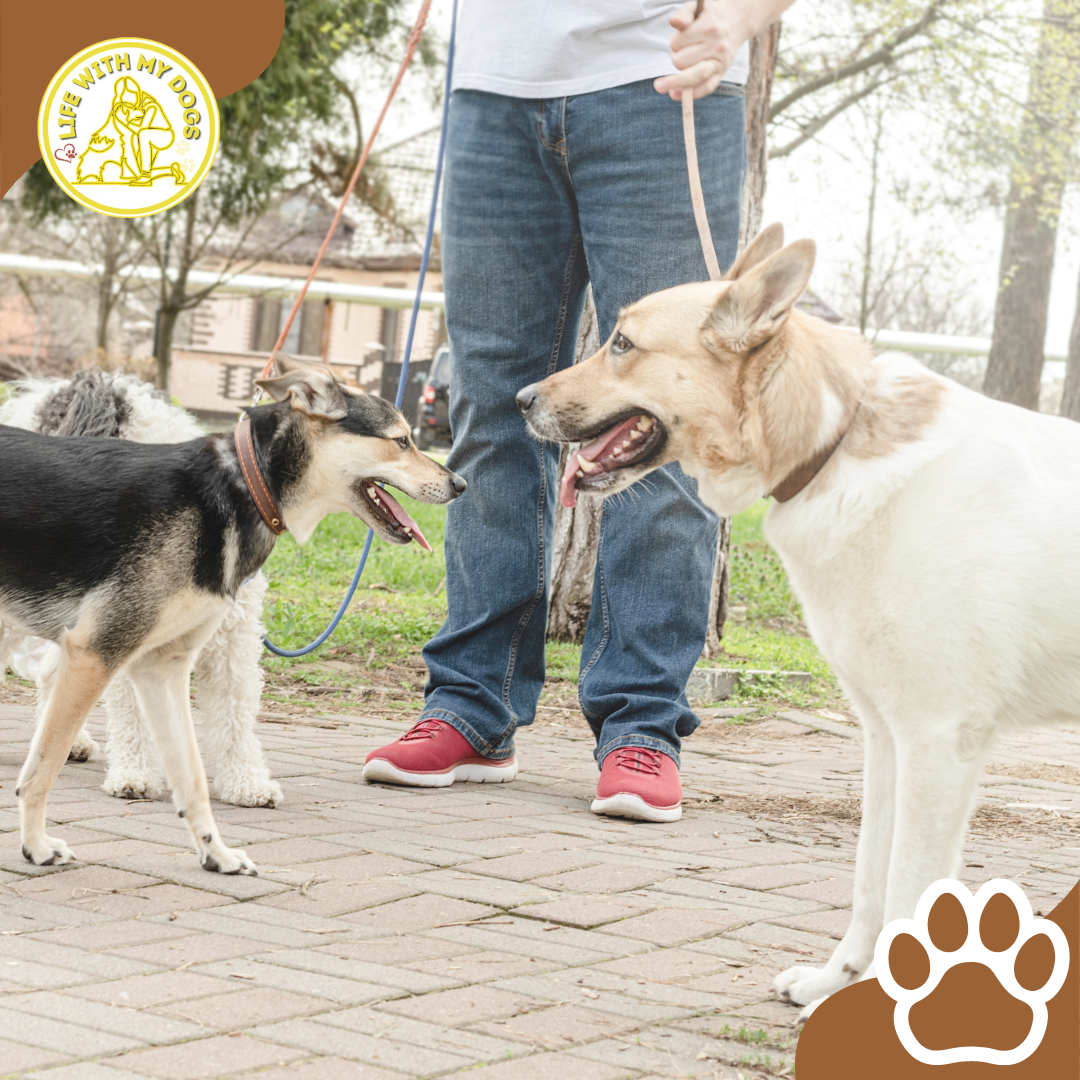
Focusing on Individual Training
I always start by training each dog separately. This gives me a chance to focus on their unique needs and personalities. I keep these one-on-one sessions short, usually around 5-10 minutes. During these sessions, I work on basic commands like sit, stay, and come.
I use positive reinforcement, giving treats and praise when they get it right. Once each dog has mastered the basics individually, I slowly introduce group training. I start with just two dogs at a time before moving to the whole pack.
Managing Distractions and Interruptions
Training multiple dogs can get chaotic. I’ve learned to use different colored clickers for each dog to avoid confusion. I also create a “place” command. This teaches dogs to go to a specific spot and stay there. It’s super helpful when I need to focus on one dog without the others interfering.
I always have plenty of treats on hand. This helps me quickly reward good behavior and keep all the dogs engaged. If one dog gets too excited or disruptive, I calmly remove them from the training area. This teaches them that calm behavior is rewarded with inclusion in the fun.
Advanced Training Techniques
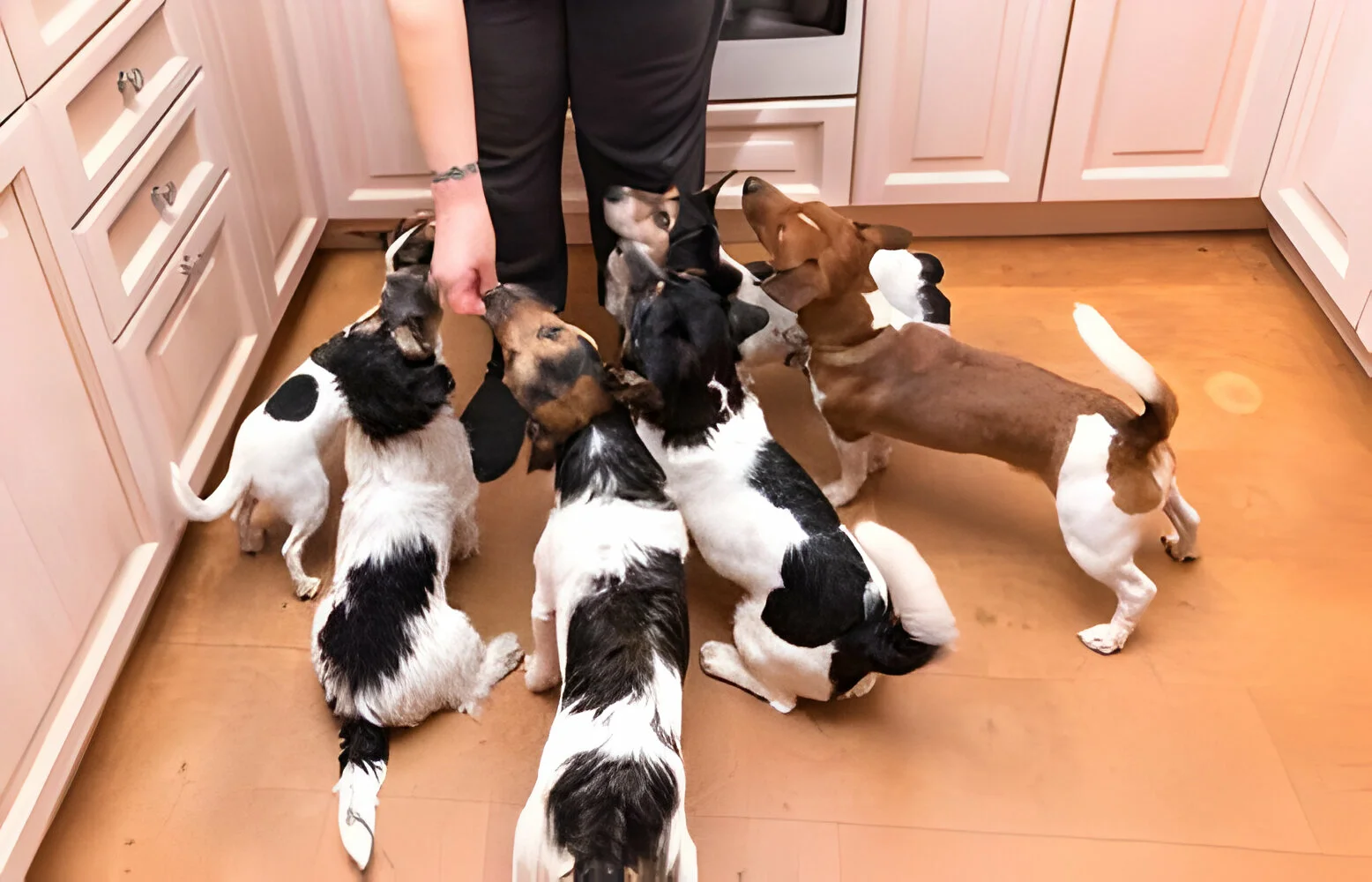
Training multiple dogs requires special techniques, and these Training Tips for Multiple Dogs below offer advanced methods that work well for families with several pups. These tips focus on group skills, self-control, and off-leash reliability.
Synchronized Commands
I like to teach my dogs to respond to commands as a group. It’s fun and practical. I start with simple commands like “sit” or “down” for all dogs simultaneously. I use a unique group cue word, like “team,” before the command. I reward the dogs who obey quickly. This creates friendly competition.
Over time, I raise the bar. I might ask them to “stay” while I walk around them. Or have them “come” one at a time when called by name. Group tracks are a hit, too. I teach my pack to spin in unison or bow together. It’s a crowd-pleaser at family gatherings!
Impulse Control Exercises
Self-control is key in a multi-dog home. I use games to build this skill. One favorite is “leave it” with increasing challenges. I place treats on the floor and reward the dogs for ignoring them. Another game is “wait at the door .”I open the door, but the dogs must wait for my cue to be released. I gradually increase the time they wait. Meal times are perfect for impulse control, too. I have my dogs sit and wait while I prepare their food. They learn patience and respect for each other’s space.
Off-Leash Training
Off-leash reliability is crucial for multi-dog families. I start in a fenced area and first use a long line for safety. I practice recall with distractions, rewarding quick responses. I teach a solid “stay” command. This helps if I need to tend to one dog while the others wait.
I also use “leave it” for wildlife or other temptations. I introduce emergency recall, too. It’s a special command used only for urgent situations. I pair it with high-value treats to ensure a fast response.
Here’s a video about training your multiple dogs.
By: Zak George’s Dog Training Revolution
Training Tips for Multiple Dogs: Addressing Behavioral Issues
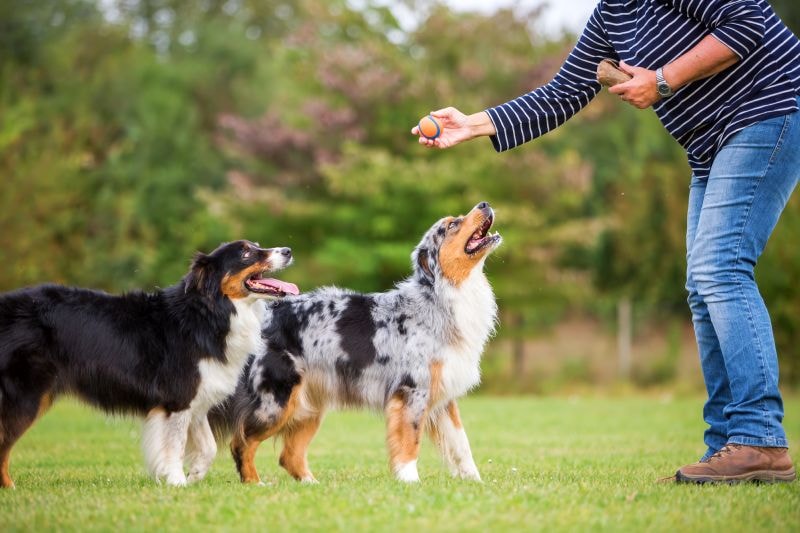
Training multiple dogs can be tricky. It’s important to deal with common issues like resource guarding, aggression, and anxiety. I’ll share tips to help you manage these challenges and keep your pack happy.
Preventing Resource Guarding
Resource guarding happens when a dog protects food, toys, or other items. To prevent this, I always ensure each dog has a feeding area. I give them separate bowls and keep them apart during meals. I also teach my dogs to “leave” and “drop it” commands.
This helps if one tries to steal another’s toy. I reward them for sharing and being calm around resources. Trading games are fun and helpful, too. I offer a treat in exchange for a toy, showing them that giving up items leads to good things.
Dealing with Aggression
Aggression between dogs needs quick action. If I see signs of aggression, I separate the dogs right away. I use positive reinforcement to reward calm behavior. Treats and praise go a long way! I also ensure each dog gets one-on-one time with me to reduce jealousy. Exercise is key. Tired dogs are less likely to fight, so I take my pack on daily walks and give them plenty of playtime. If aggression persists, I don’t hesitate to call a professional trainer for help.
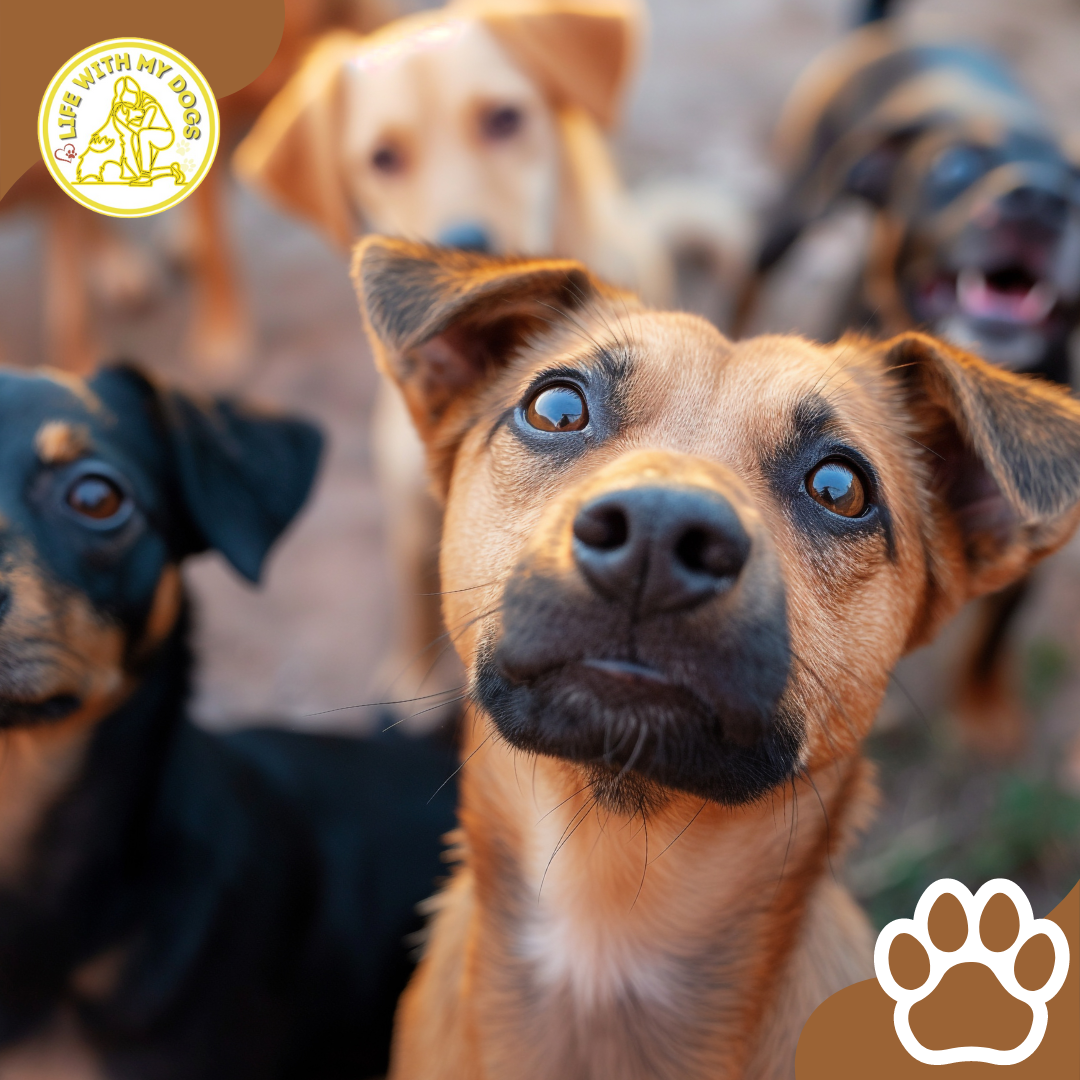
Did you Know?
Anxious dogs can be a handful in a multi-dog home. Create a calm environment by providing safe spaces for each dog. Crates or quiet corners work well. You can also use calming aids like pheromone diffusers or anxiety wraps. These can help soothe nervous pups. Desensitization is another tool you can use. Slowly expose my dogs to their triggers in a controlled way.
Daily Routines and Activities
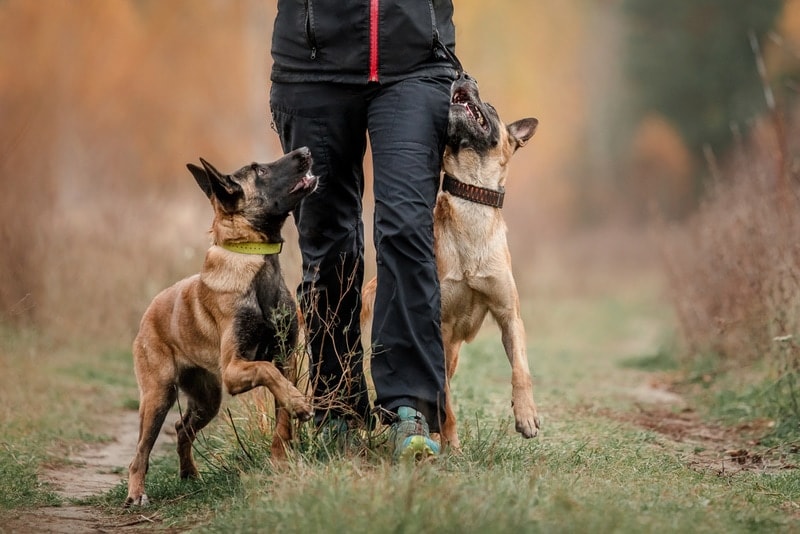
Setting up a consistent daily routine is key for a happy multi-dog household. I’ll share some mealtimes, exercise, and rest tips that have worked well for my pack.
Scheduling Synchronized Meal Times
I always feed my dogs at the same times each day. This helps prevent food guarding and keeps everyone on a schedule. I place food bowls far apart to avoid conflicts. I use elevated feeders for my larger dogs to make eating more comfortable.
Smaller pups get their own designated spots on the floor. I stay nearby during meals to supervise. After eating, I take all the dogs for a quick potty break. This routine helps with digestion and house training. I make sure to praise each dog for good mealtime behavior.
Organizing Exercise Rotations
I recommend giving each dog individual exercise time. This lets me focus on their unique needs. I rotate through activities like:
- Short training sessions
- Fetch in the yard
- Walks around the block
- Puzzle toys for mental stimulation
One of the training tips for multiple dogs is incorporating group activities. Engaging in these activities is important, so I take my pack to the dog park once a week, and we go on family hikes on weekends. These outings help build pack bonds. I always ensure the high-energy dogs get extra playtime, which is a crucial part of effective training tips for multiple dogs. This prevents boredom and destructive behaviors at home. Ensuring Rest and Downtime
Quiet time is crucial in a busy dog household. I provide comfy beds or crates for each pup. This gives them a safe space to relax. During the day, I schedule nap times after meals and exercise. I use calming music or white noise to help everyone settle. At night, I stick to a consistent bedtime routine. I’ve taught my dogs a “settle” cue. This helps when I need them to calm down. Giving each dog one-on-one time daily is also key. Even just 10 minutes of cuddles or gentle brushing can help them feel special.
Community and Socialization
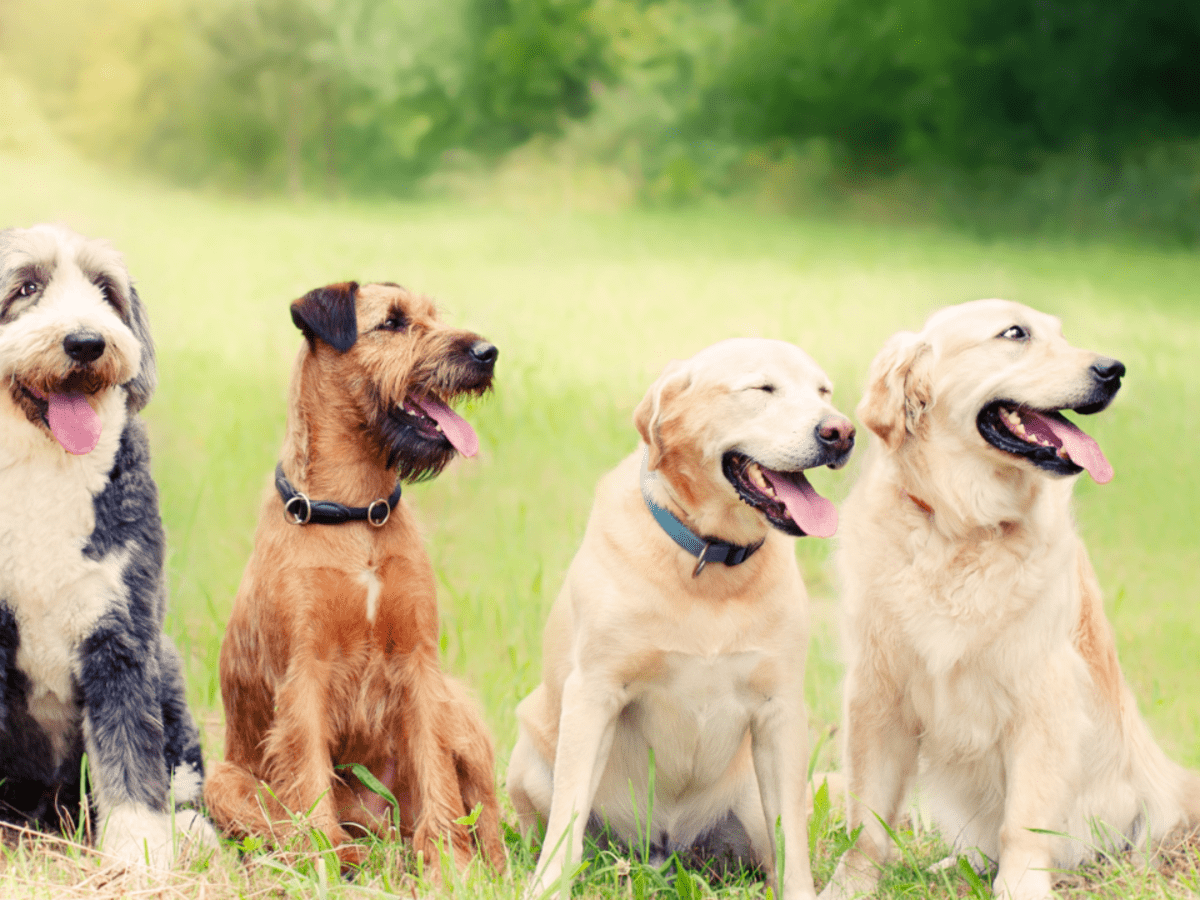
Having multiple dogs opens up new opportunities for social interaction. Getting my dogs involved with other pups and people helps them become well-rounded and happier pets.
Socializing Dogs with Others
One of the training tips for multiple dogs is to start slowly when introducing them to new friends. Neutral territory, such as a park, works best for initial meetings. I keep my dogs on leashes and closely observe their body language. If they appear comfortable, I allow them to sniff and greet the other dog briefly.
For shy pups, I use positive reinforcement with treats and praise. This helps them associate new dogs with good things. I also arrange playdates with calm, friendly dogs to build their confidence. With practice, my dogs have learned to be polite and friendly when meeting new furry pals. Now they love making friends at the dog park!
Participating in Dog Groups and Events
I’ve found great ways to socialize my pack through local dog groups. Meetups for specific breeds or activities are fun outings for us. My dogs enjoy hiking groups where they can explore nature with other pups. Dog training classes are another great option.
My dogs learn new skills while getting used to working around other animals. Plus, I get to chat with fellow dog owners and share tips. We also attend charity dog walks and pet festivals. These events expose my dogs to many people and pups in a controlled setting. It’s helped them become calm and confident in busy environments.
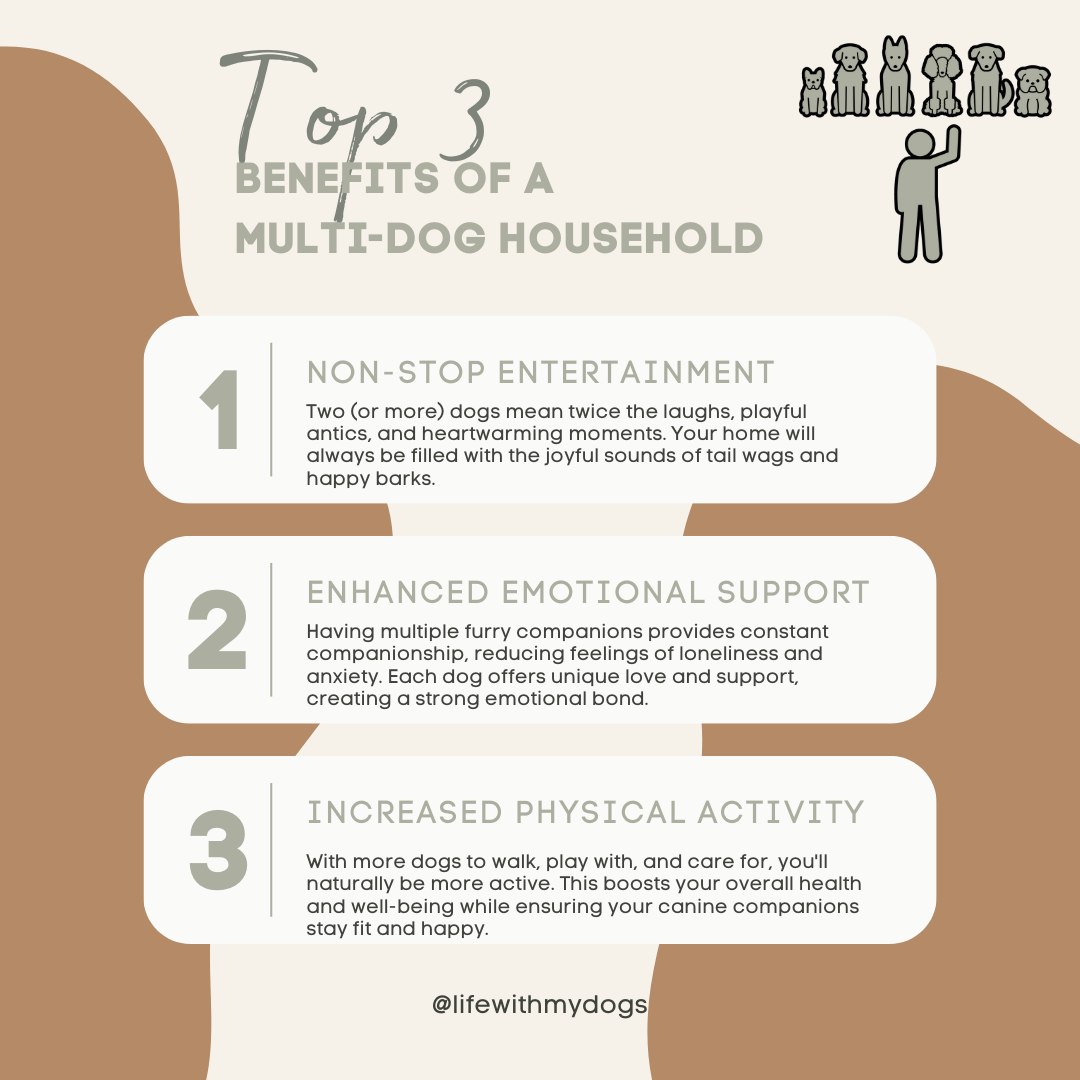
Creating Harmony: Mastering the Art of Training Multiple Dogs
In conclusion, training multiple dogs is an intricate dance that, with the right approach, can lead to a harmonious and well-behaved pack. By establishing a consistent routine, focusing on individual and group training, and paying close attention to each dog’s needs, you can create a balanced environment where each pup thrives. Understanding canine behavior, managing interactions, and addressing behavioral issues are crucial for maintaining peace in a multi-dog household.
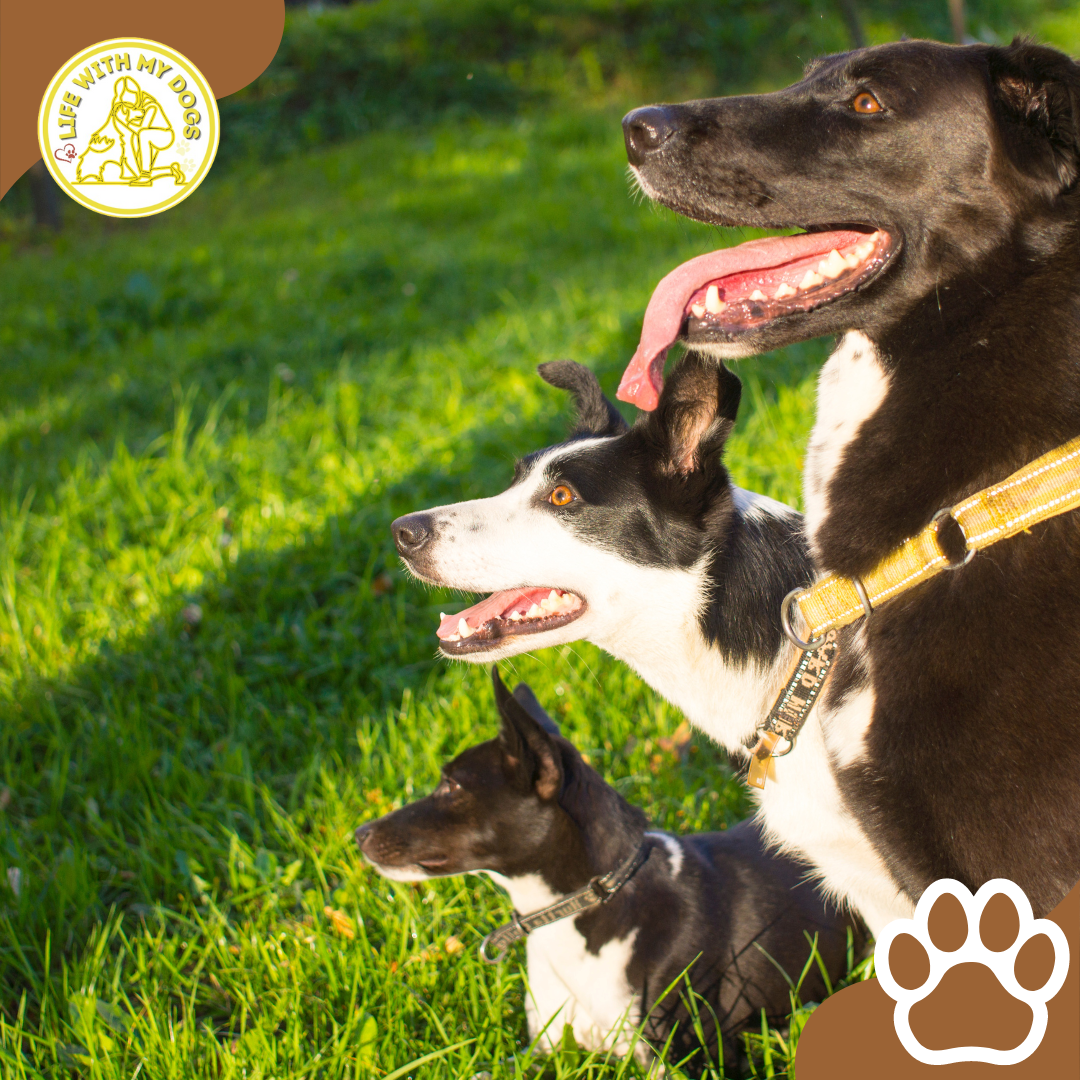
Remember to foster a positive environment by providing structure, individual spaces, and engaging group activities. Training tips for multiple dogs involve patience and dedication, but the rewards—happy, well-adjusted dogs—are worth the effort. Embrace the journey of training your canine crew, and watch as your home transforms into a well-coordinated symphony of tails and paws.
Frequently Asked Questions
How Can You Successfully Potty Train Multiple Dogs at the Same Time?
It’s best to take all the dogs out together regularly. I use separate potty areas for each dog to ensure everything is clear. When a dog enters the right spot, I give praise and treats. This helps them learn faster. I also closely monitor them inside and take them out if I see signs they need to go.
What Are Effective Methods for Reducing Aggression in a Multi-dog Household?
I make sure each dog has their own safe space, like a crate or bed. I give them separate feeding areas to prevent food fights. I also spend one-on-one time with each dog daily. This helps them feel secure and less competitive. If fights break out, I separate the dogs calmly and redirect their attention.
How Do You Train Two Puppies From the Same Litter Without Encouraging Sibling Rivalry?
I train the puppies separately at first. This helps them bond with me instead of just each other. I give them individual crates and feeding spots. I also make sure to spend equal time with each puppy. This prevents jealousy. As they get older, I slowly introduce training them together.
Embark on an Adventure in the Pet Lover’s Paradise!
Dive into a world of furry friends and fantastic finds by connecting with us on social media! Immerse yourself in captivating content insightful product reviews, and become a part of a vibrant community.
Instagram: lifewithmydogs2 Follow us on Instagram for an overflow of heartwarming snapshots and exciting pet escapades!
Pinterest:lifewithmydogs2 Explore a treasure trove of pet inspiration and ideas on Pinterest, where each pin leads you to creative possibilities!
Facebook: 1LWMD Like us on Facebook to keep your finger on the pulse of all pets – from heartwarming stories to the latest pet gear trends!
Twitter: LifeWithMyDogs9 Join the conversation on Twitter, where you can chirp away about the newest pet happenings and stay ahead of the pack with the latest pet trends!


